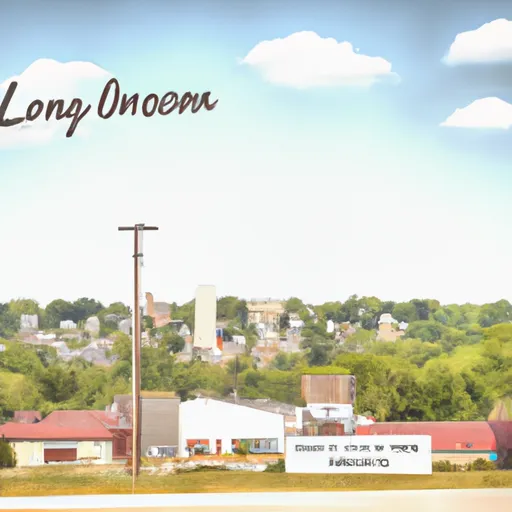°F
°F
mph
Windspeed
%
Humidity











Lannon, Wisconsin is a small village located in Waukesha County, offering a unique blend of natural beauty and recreational opportunities. The climate in Lannon is characterized by four distinct seasons, with warm summers and cold winters. Summers are typically mild, with average temperatures ranging from the mid-70s to low 80s Fahrenheit. Winters are cold, with average temperatures ranging from the teens to the low 30s Fahrenheit.
Lannon is surrounded by numerous lakes and rivers, contributing to its hydrology constituents. The village itself is home to Lannon Quarry, a former limestone quarry that has been transformed into a recreational area. The quarry features crystal-clear water, making it a popular spot for swimming, scuba diving, and fishing. Additionally, several nearby lakes and rivers provide opportunities for boating, kayaking, and other water-based activities.
Outdoor enthusiasts will find plenty of recreational opportunities in Lannon. The village is surrounded by lush forests, offering excellent opportunities for hiking, biking, and wildlife viewing. Nearby parks, such as Lannon Lions Park and Sussex Village Park, provide amenities like playgrounds, picnic areas, and sports fields.
Overall, Lannon, Wisconsin offers a pleasant climate, beautiful hydrology constituents, and various outdoor recreation opportunities, making it an ideal destination for nature lovers and adventure seekers alike.
Weather Forecast
Lannon receives approximately 866mm of rain per year, with humidity levels near 79% and air temperatures averaging around 8°C. Lannon has a plant hardyness factor of 5, meaning plants and agriculture in this region thrive during a short period during spring and early summer. Most plants will die off during the colder winter months.
Regional Streamflow Levels
17
Cubic Feet Per Second
3
Cubic Feet Per Second
1
Cubic Feet Per Second
16
Cubic Feet Per Second
Nearby Camping
| Camping Area | Reservations | Toilets | Showers |
|---|---|---|---|
| Sam Parr State Park | |||
| Oakland City Park | |||
| Boswell Landing | |||
| Hilltop Campground - Grayville | |||
| Rushing Creek - LBL | |||
| Piney - LBL |



